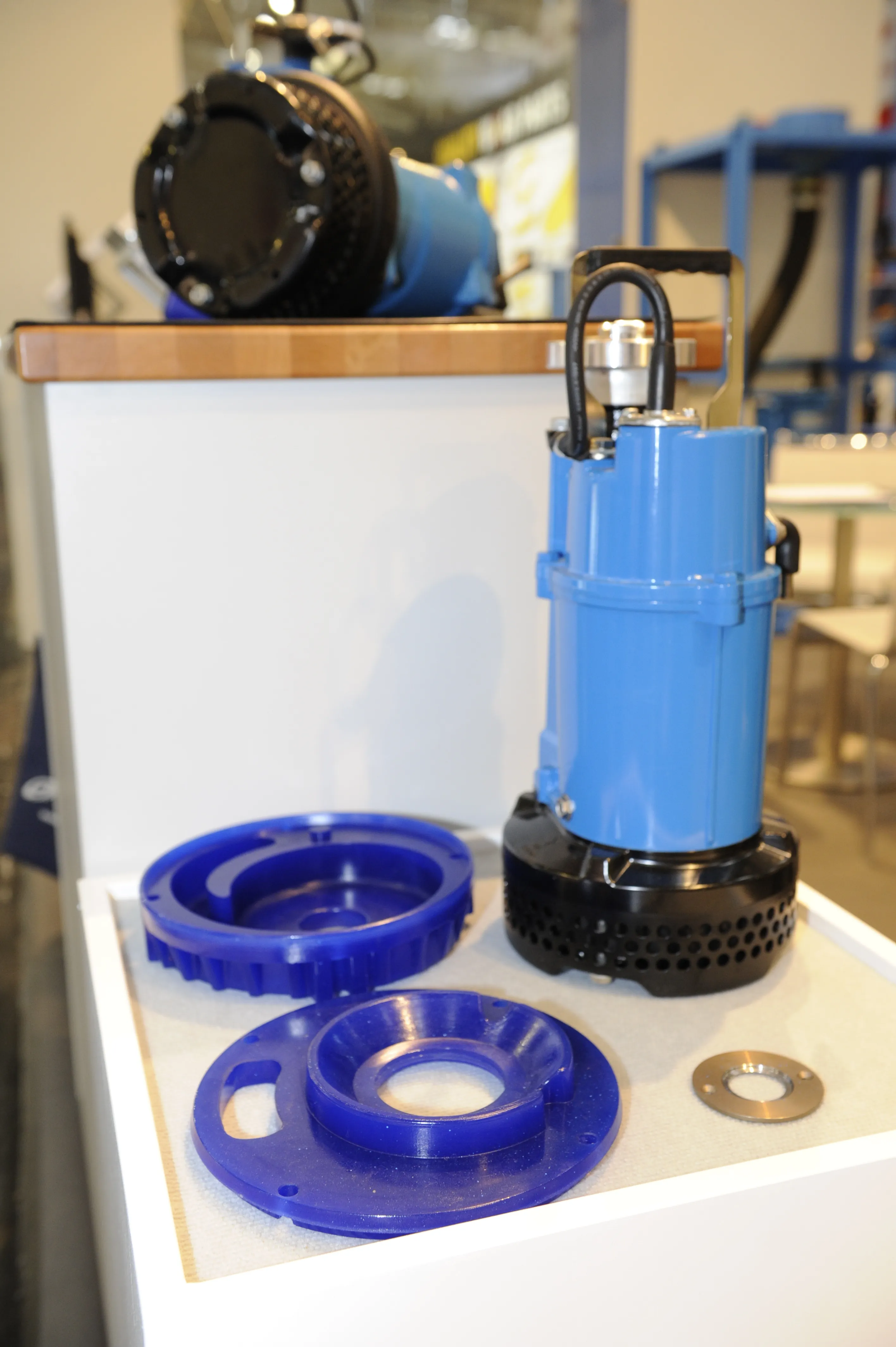It’s been a decade since South Korea’s capital city Seoul took the bold step of replacing a major urban throughway with a park, complete with a river, to create the Cheonggyecheon Walkway. Now, Seoul is getting ready to host the 25th World Road Congress from November 2-5. The event is being produced in cooperation with the Ministry of Land, Infrastructure and Transport of the Republic of Korea, the Korea Expressway Corporation, the Korea Road & Transportation Association and the PIARC Korean National Commit
March 18, 2015
Read time: 3 mins
It’s been a decade since South Korea’s capital city Seoul took the bold step of replacing a major urban throughway with a park, complete with a river, to create the Cheonggyecheon Walkway.
Now, Seoul is getting ready to host the 25th World Road Congress from November 2-5. The event is being produced in cooperation with the Ministry of Land, Infrastructure and Transport of the Republic of Korea, the Korea Expressway Corporation, the Korea Road & Transportation Association and the3141 PIARC Korean National Committee.
It’s only fitting that the event’s theme will be %$Linker:2 External <?xml version="1.0" encoding="utf-16"?><dictionary /> 0 0 0 oLinkExternal Roads and Mobility - Creating New Value from Transport 25th World Road Congress Seoul: Roads and mobility - Creating new value from transport false http://www.piarcseoul2015.org/wrcs/about/overview false false %>. That is precisely what the city of around 10 million people has been practicing, and not just in roads. The city’s airport Incheon International Airport, opened in 2001, was rated by Airports Council International as the world's best airport nine years in a row, from 2005–2013.
While not the only reason for getting major international events, good transportation is high on the must-have list for the international awarding committees. Seoul hosted the 1986 Asian Games, 1988 Summer Olympics, 2002 FIFA World Cup and the 2010 G-20 Seoul summit. A1384 UNESCO City of Design, Seoul was named the 2010 World Design Capital.
Attendees to the 25th World Road Congress would do well to take some time to walk along the city’s example of road regeneration, the Cheonggyecheon Stream, a video of the walk can be found %$Linker:2 External <?xml version="1.0" encoding="utf-16"?><dictionary /> 0 0 0 oLinkExternal here The story of the Cheonggyecheon Stream in Seoul false http://www.cityclock.org/removing-urban-highways/#.VQmbVuHiPP5 false false %>. The part-elevated highway was constructed over top of the Cheonggyecheon stream in the early 1950s. The stream was re-discovered as part of the redevelopment project and the walk is now one of the top sites to visit in Seoul.
This is not to say demolishing inner city roads to make way for parks is the 21st century mantra. But the Cheonggyecheon Walkway should make everyone, from city-dweller to road developer, pause to consider that more thought could be put into where roads are planned. There are still roads along the Cheonggyecheon Walkway, but the thoroughfare of old is no more. A better balance has been created between people and vehicles.
Seoul continues to rethink its road system. Last year the Ahyeon overpass – previously a symbol of South Korea's high-speed development -- was demolished to be replaced by a bus-only lane. Built in 1968, the 1km highway was located close to Hongik, a vibrant student neighbourhood in the city centre.
Many cities around the world are similarly rethinking their roads, such as the US city of Syracuse, in the state of New York. The %$Linker:2 External <?xml version="1.0" encoding="utf-16"?><dictionary /> 0 0 0 oLinkExternal I-81 viaduct Interstate 81 (I-81) false http://www.dot.ny.gov/i81opportunities/about false false %> will reach the end of its life in 2017 and the 1431 New York State Department of Transportation has said the crumbling structure is coming down. Syracuse is looking at options, including tunnels, stepped road design, parkways and more.
All in all, the 25th World Road Congress appears to be the destination for anyone contemplating future highway strategies and to see for themselves what is possible.
Now, Seoul is getting ready to host the 25th World Road Congress from November 2-5. The event is being produced in cooperation with the Ministry of Land, Infrastructure and Transport of the Republic of Korea, the Korea Expressway Corporation, the Korea Road & Transportation Association and the
It’s only fitting that the event’s theme will be %$Linker:
While not the only reason for getting major international events, good transportation is high on the must-have list for the international awarding committees. Seoul hosted the 1986 Asian Games, 1988 Summer Olympics, 2002 FIFA World Cup and the 2010 G-20 Seoul summit. A
Attendees to the 25th World Road Congress would do well to take some time to walk along the city’s example of road regeneration, the Cheonggyecheon Stream, a video of the walk can be found %$Linker:
This is not to say demolishing inner city roads to make way for parks is the 21st century mantra. But the Cheonggyecheon Walkway should make everyone, from city-dweller to road developer, pause to consider that more thought could be put into where roads are planned. There are still roads along the Cheonggyecheon Walkway, but the thoroughfare of old is no more. A better balance has been created between people and vehicles.
Seoul continues to rethink its road system. Last year the Ahyeon overpass – previously a symbol of South Korea's high-speed development -- was demolished to be replaced by a bus-only lane. Built in 1968, the 1km highway was located close to Hongik, a vibrant student neighbourhood in the city centre.
Many cities around the world are similarly rethinking their roads, such as the US city of Syracuse, in the state of New York. The %$Linker:
All in all, the 25th World Road Congress appears to be the destination for anyone contemplating future highway strategies and to see for themselves what is possible.







